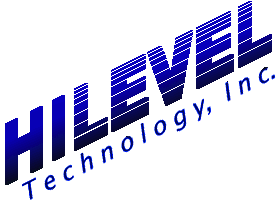

#L38
Q: Why Static Test Vector Memory?
|
The trend in test vector memory design is dynamic – in a double sense. The high-speed SRAM, the traditional component of Vector Memory designs, is being replaced by DRAM. So what’s the reason for that? Cost and Marketing. The ratio of DRAM cost to SRAM cost is approaching 1 to 10 – it is increasing fast. Secondly, the vector depth mantra of the industry calls for deeper vector memory. So why not dynamic memory (it also sounds better than “static” memory). We prefer to call them “highly volatile memories”. Volatile since the content is lost if powered off; highly volatile since a dynamic memory looses its mind even with power on. Either we have to access their content or we have to apply REFRESH. The latter is a vile concept that over the years has caused enormous grief in system designs (in a footnote I refer to a U.S. Navy problem). Fortunately, provided we can guarantee sequential reads through an entire page, we can actually dispense with refresh. This is often nice for vector memory since in so many cases we simply don’t care for branching, looping and those sorts of things. But sometimes we do. And often we can reduce the required memory size if we employ looping. |
More importantly, there are examples when looping is virtually compelling. One such application is match mode. We wait for the device to initialize itself before continuing on. For how many vectors? Can’t always tell, although there is a maximum. To always apply this maximum (and it is troublesome to estimate this maximum for every mode) would be a waste vector space and test time. Indeed, using dynamic memory may not even suffice; often millions of vectors will pass before the chip is stable. But we cannot escape from the fact that Dynamic is more than Static. Or can we? Yes, we can. Typically, simulation involves a lot of repetition, i.e. looping. So should the test engineer ascertain where the loops are and how to apply them? No, we don’t think so. These days, that sort of drudgery is done by machines. So the HiLevel computer does it for you automatically. It is called vector compression. And that is the subject of another Q’nApp. QL38.zip is a zipped Word file of this Q'nApp. Click your browser's Back button to return to the Q'nApps index. |